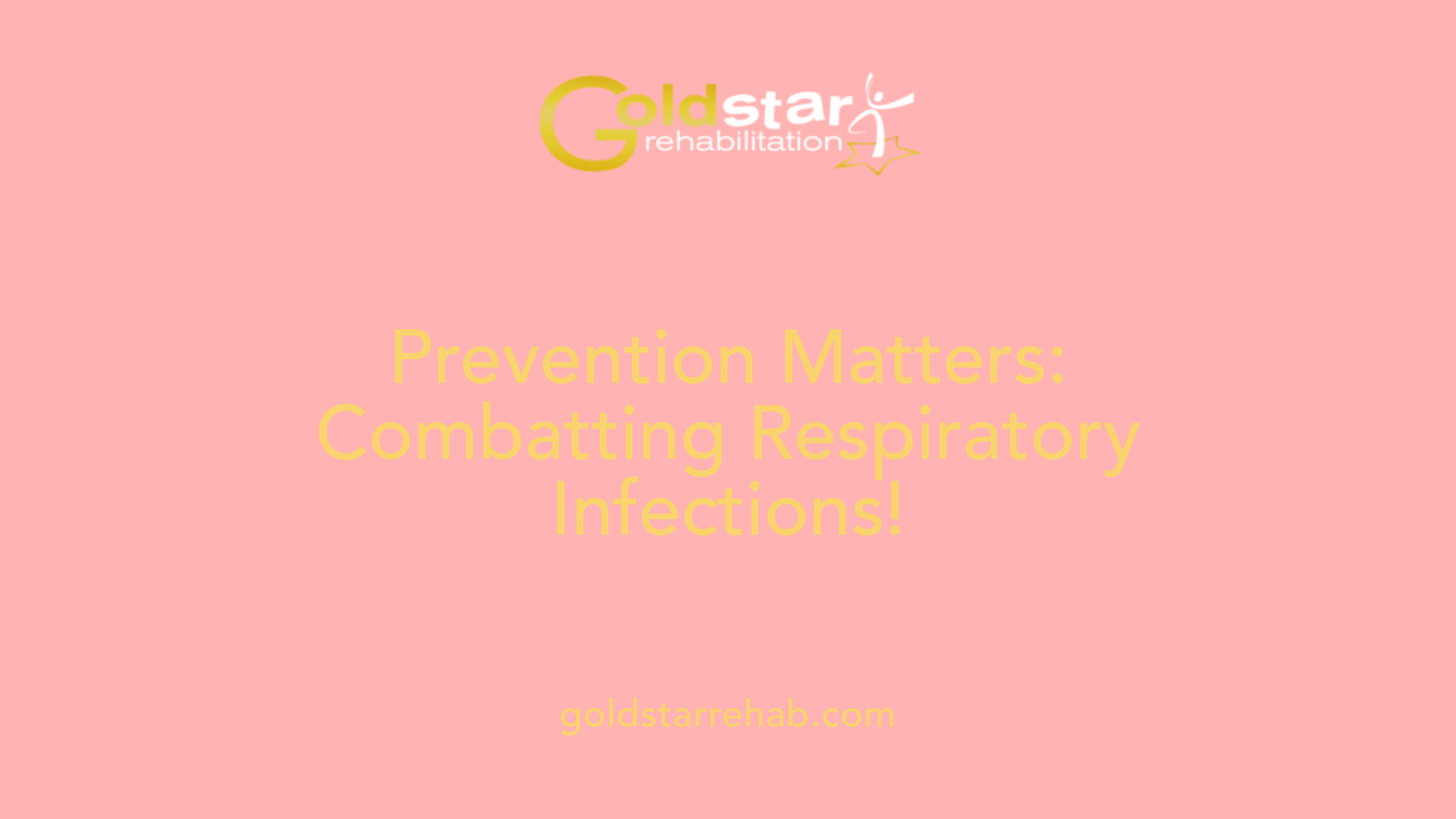The role of skilled nursing in managing respiratory conditions
Exploring the Vital Contributions of Skilled Nursing in Respiratory Health Management
Table of Contents
Introduction: The Complex Nature of Respiratory Care in Nursing Facilities
Respiratory conditions pose a significant challenge in skilled nursing facilities given the complex care requirements of residents. These conditions, ranging from COPD to pneumonia, necessitate comprehensive strategies for management and care, involving skilled nursing teams and respiratory therapists. This article delves into the varied roles, interventions, and collaborative strategies employed within skilled nursing facilities to effectively manage respiratory conditions and enhance the quality of life for residents.
Comprehensive Contributions of Skilled Nursing Facilities to Respiratory Management

What contributions do skilled nursing facilities make in the management of respiratory conditions?
Skilled nursing facilities (SNFs) make significant contributions to the management of respiratory conditions through a multifaceted approach that combines skilled nursing and respiratory therapy.
Role of Skilled Nursing Teams
- Thorough Assessments: Skilled nurses conduct detailed respiratory assessments to monitor lung function, ensuring that any changes in a resident’s condition are promptly addressed.
- Individualized Care Plans: These assessments guide the development of personalized care plans, which may include treatments like oxygen therapy, medication management, and patient-specific rehabilitation exercises.
Education on Respiratory Health
- Patient and Family Education: Nurses play a crucial role in educating patients and their families about respiratory conditions, encouraging preventive measures such as vaccination and smoking cessation.
- Promoting Lifestyle Changes: Ongoing education on lifestyle adjustments and adherence to treatment regimens enhances patient engagement and the overall effectiveness of care.
Collaborative Care
- Healthcare Team Coordination: Effective collaboration among healthcare team members, including respiratory therapists, ensures coordinated management of each patient’s unique needs.
- Integration of Technology: The use of telehealth and remote monitoring allows for continuous evaluation and timely interventions, significantly improving health outcomes and minimizing hospital readmissions.
Through these combined efforts, skilled nursing facilities not only enhance the quality of life for residents with respiratory conditions but also support their overall health and well-being.
The Role of Respiratory Nurses within Skilled Nursing Facilities

What is the role of respiratory nurses in skilled nursing facilities?
Respiratory nurses in skilled nursing facilities are integral to providing comprehensive care for patients facing respiratory challenges. They conduct thorough assessments and continuously monitor patients with conditions such as COPD and asthma. By developing and implementing individualized care plans, these professionals ensure that treatments align with each patient’s specific needs.
Key responsibilities include:
- Performing diagnostic procedures like spirometry and blood gas sampling.
- Monitoring treatment adherence to medications and therapeutic interventions.
- Educating patients and families about managing respiratory conditions effectively.
Given the potential workforce crisis, with nearly 50% of respiratory nurses planning to retire by 2026, there’s a critical need for structured career pathways. The Professional Development Framework addresses this issue by outlining essential competencies based on clinical expertise, leadership, research, and education. This framework ensures that respiratory nurses are equipped with the necessary skills to deliver high-quality care.
Professional development for respiratory nurses
Continuing education is vital for respiratory nurses as it enriches their knowledge and enhances their ability to improve patient outcomes. Engagement in ongoing professional development plays a significant role in adhering to best practice guidelines established for respiratory care. It enables nurses to stay updated on the latest advancements in respiratory health management, ensuring they provide optimal care for residents.
Benefits of professional development include:
- Enhanced clinical skills and knowledge.
- Improved patient outcomes through evidence-based practices.
- Opportunities for leadership and research involvement, fostering a comprehensive approach to respiratory care.
Prevention Strategies for Respiratory Infections in Skilled Nursing Facilities

How do skilled nursing facilities implement prevention strategies for managing respiratory infections?
Skilled nursing facilities employ a comprehensive strategy to combat respiratory infections, emphasizing several core infection control measures.
Infection Control Practices
- Hand Hygiene: Regular and thorough hand washing protocols for all staff and visitors help limit the spread of pathogens.
- Personal Protective Equipment (PPE): The use of gloves, masks, and gowns minimizes exposure, especially during outbreaks.
- Isolation Protocols: Infected residents are isolated to prevent transmission to others in the facility.
Vaccination Programs
- Regular flu and pneumonia vaccinations are prioritized for both residents and healthcare staff, significantly reducing the risk of severe infections.
Health Assessments
- Continuous monitoring and routine health assessments help identify early symptoms of respiratory infections, enabling prompt intervention.
Education
- Ongoing training for staff and educational sessions for residents promote awareness of respiratory hygiene, including proper cough etiquette, effective mask usage, and the importance of promptly reporting symptoms.
Implementing these strategies creates a culture of prevention within skilled nursing facilities, ultimately safeguarding the health and well-being of their vulnerable populations.
The Vital Role and Importance of Oxygen Therapy in Nursing Care

What is the impact and importance of oxygen therapy in skilled nursing care?
Oxygen therapy is indispensable in skilled nursing facilities, particularly for residents suffering from chronic respiratory conditions such as Chronic Obstructive Pulmonary Disease (COPD) and pneumonia. This treatment enhances the oxygenation of patients, which is essential for their recovery and overall comfort. It is not merely a clinical procedure; it significantly affects patients' quality of life.
Monitoring and adjusting oxygen levels
Nurses carry a critical responsibility in overseeing oxygen therapy. They continually monitor patients' oxygen saturation levels, using pulse oximetry or arterial blood gases to ensure that individuals are receiving the right amount of oxygen. Adjustments to the oxygen flow must be made judiciously, based on observed symptoms and vital signs, to optimize therapeutic outcomes.
Collaborative care in skilled nursing facilities
Effective oxygen therapy requires a high level of collaboration among healthcare professionals. Respiratory therapists, physicians, and nurses must work together to ensure comprehensive care. By sharing information and insights, teams can promptly address any discomfort or complications arising from oxygen therapy. This interdisciplinary approach not only enhances patient outcomes but also ensures that symptom management is holistic and empathetic, especially in challenging scenarios such as end-of-life care.
In summary, effective oxygen therapy, when paired with compassionate communication and a dedicated care team, can significantly enhance the well-being of nursing home residents.
The Benefits of Pulmonary Rehabilitation Programs in Long-Term Care

How do pulmonary rehabilitation programs benefit patients in skilled nursing facilities?
Pulmonary rehabilitation programs in skilled nursing facilities are instrumental in supporting patients with chronic respiratory diseases. These programs integrate several key components that enhance overall respiratory health. Firstly, they offer structured exercise regimens tailored to individual patient capabilities, alongside nutrition education and effective breathing techniques.
Nursing professionals play a pivotal role within these rehabilitation programs. They provide invaluable education on respiratory management tailored to each patient’s condition. Nurses conduct thorough assessments, monitor respiratory function, and administer treatments, such as inhalers and oxygen therapy, ensuring that residents receive personalized care.
Furthermore, nurses serve as effective liaisons within the healthcare team, promoting communication and collaboration. Their expertise helps coordinate treatment plans that align with patients’ specific needs.
Advanced technologies, like telehealth and online resources, are increasingly utilized to enhance accessibility to respiratory education and continuous monitoring. This integration ensures that patients remain educated about their health and adhere to treatment protocols.
The collaborative efforts of nursing staff and respiratory therapists significantly improve patient outcomes, enhance quality of life, and foster long-term adherence to necessary treatments in pulmonary rehabilitation settings.
Key components of pulmonary rehabilitation programs
| Component | Description | Outcome |
|---|---|---|
| Exercise Regimens | Tailored physical activities to enhance lung capacity | Improved respiratory function |
| Nutrition Education | Guidance on diet for optimal lung health | Better overall health |
| Breathing Techniques | Training in effective breathing methods | Reduced respiratory distress |
| Nursing Assessments | Regular evaluations of respiratory conditions | Timely interventions and personalized care |
Conclusion: The Essential Role of Skilled Nursing in Respiratory Care
Skilled nursing facilities play an instrumental role in the effective management of respiratory conditions, involving comprehensive care strategies that encompass initial assessments, treatment administration, patient education, and the implementation of evidence-based practice guidelines. The collaboration between nursing staff and respiratory therapists ensures integrated care, which is imperative in reducing hospital readmissions and improving patient quality of life. As these facilities continue to evolve with advancements in healthcare technology and methodologies, their capabilities in respiratory care management are expected to reach new heights, ultimately benefiting countless residents who rely on their expertise.
References
- Promoting Respiratory Health in Long-Term Care | iCare Management
- Your Guide to Ventilator Care and Management in A Skilled Nursing ...
- Viral Respiratory Pathogens Toolkit for Nursing Homes | LTCFs - CDC
- Importance of Pulmonary Rehab at Skilled Nursing Facilities - Bencura
- The Effectiveness of Nursing Rehabilitation Interventions on Self ...
- Understanding the Role of Skilled Nursing in Managing Chronic ...
- Common Conditions Treated with Respiratory Therapy
- Enhancing Patient Care with Comprehensive Respiratory Therapy ...
- The Benefits of Pulmonary Management in Long-Term Care - Lincare
.png)








%20(1).jpg)




.jpg)





.jpg)

.jpg)











